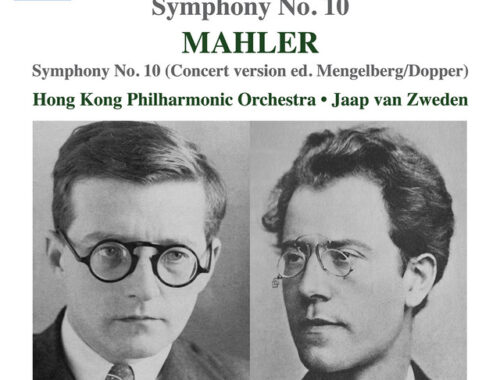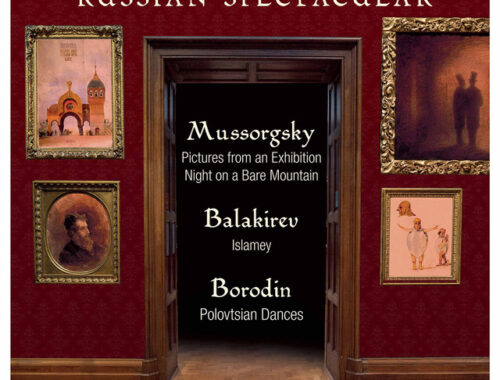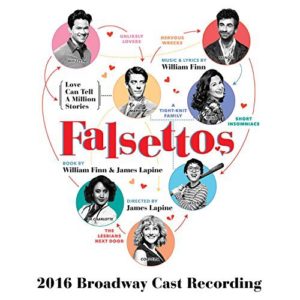GRAMOPHONE: From Where I Sit – April 2018
 The dramatic and somewhat predictably mixed reaction to Barrie Kosky’s staging of Bizet’s Carmen at the Royal Opera House recently (a show first seen in Frankfurt in 2016) once again raised questions as to how far opera has come and where it might be going as a living, breathing, theatrical art form. The DVDs reviewed regularly in these pages enshrine a phantasmagorical assortment of creative takes on mostly established classics of the operatic stage. More often than not the focus of rediscovery is on a relatively small core repertoire. Some of these rediscoveries push the envelope wilfully, some hardly bear scrutiny, others make one think differently about a piece illuminating aspects of it that other productions simply don’t or cannot reach. But most merit at least one viewing and a few basic questions. Why did the director make this choice? What is it saying? Does it ultimately serve the narrative and dramatic elements of the piece?
The dramatic and somewhat predictably mixed reaction to Barrie Kosky’s staging of Bizet’s Carmen at the Royal Opera House recently (a show first seen in Frankfurt in 2016) once again raised questions as to how far opera has come and where it might be going as a living, breathing, theatrical art form. The DVDs reviewed regularly in these pages enshrine a phantasmagorical assortment of creative takes on mostly established classics of the operatic stage. More often than not the focus of rediscovery is on a relatively small core repertoire. Some of these rediscoveries push the envelope wilfully, some hardly bear scrutiny, others make one think differently about a piece illuminating aspects of it that other productions simply don’t or cannot reach. But most merit at least one viewing and a few basic questions. Why did the director make this choice? What is it saying? Does it ultimately serve the narrative and dramatic elements of the piece?
I have been attending opera long enough to remember the howls of derision that routinely greeted every production which dared to veer from tradition and period or did so in a way that stylised theatrical conventions. That still happens (and did, it seems, on the opening night of Kosky’s Carmen – though I attended the general dress) but what is more worrisome is that some opera goers – and even accredited critics – have such a poor nose for theatre and so little imagination, visual and/or dramatic, that you wonder why they venture into the opera house at all when they can visualise their own production whilst listening to their favourite recordings at home.
Opera is not a museum culture where singers once practised what I like to call the taxidermic school of stage performance. It is a bold and dangerous art form where musical and theatrical elements can achieve dramatic fission in extraordinary ways. Kosky’s Carmen – which I thought stunning, by the way – does a whole lot more than that, and whilst this is NOT a review I do want to uphold its integrity and theatrical brilliance in the face of its naysayers.
Taking the critical edition of the score as their basis Kosky and his team have essentially reimagined Carmen for today’s sophisticated theatre audience. Abandoning the creaky dialogue (which even the best singing actors find hard to negotiate convincingly), or worse still the sung recitative that isn’t even Bizet’s, they have fashioned a husky, sexy Carmen-like voice-over from the stage directions and character back-stories of Bizet’s librettists and Prosper Mérimée’s original novella and used some of the additional, rarely heard, music as underscoring. They have further alluded to the Frenchness of the piece by emulating boulevard cabaret and extensively underlined its Spanishness through dance. Such allusions are not just integral to the character of the piece but an added dimension to the staging of it and if the breathtaking precariousness of the staircase on which the drama unfolds isn’t heart-stopping in itself, Carmen’s arrival at the bullfight which is her destiny in black traditional flamenco dress trailing what is at once a stage-filling train and shroud is an image never to be forgotten.
So what’s not to like, you might ask? Don’t ask me.
You May Also Like

A Conversation With MAURY YESTON
31/07/2013
GRAMOPHONE Review: Shostakovich Symphony No 10, Mahler Symphony No 10 – Hong Kong Philharmonic Orchestra/van Zweden
27/02/2023

